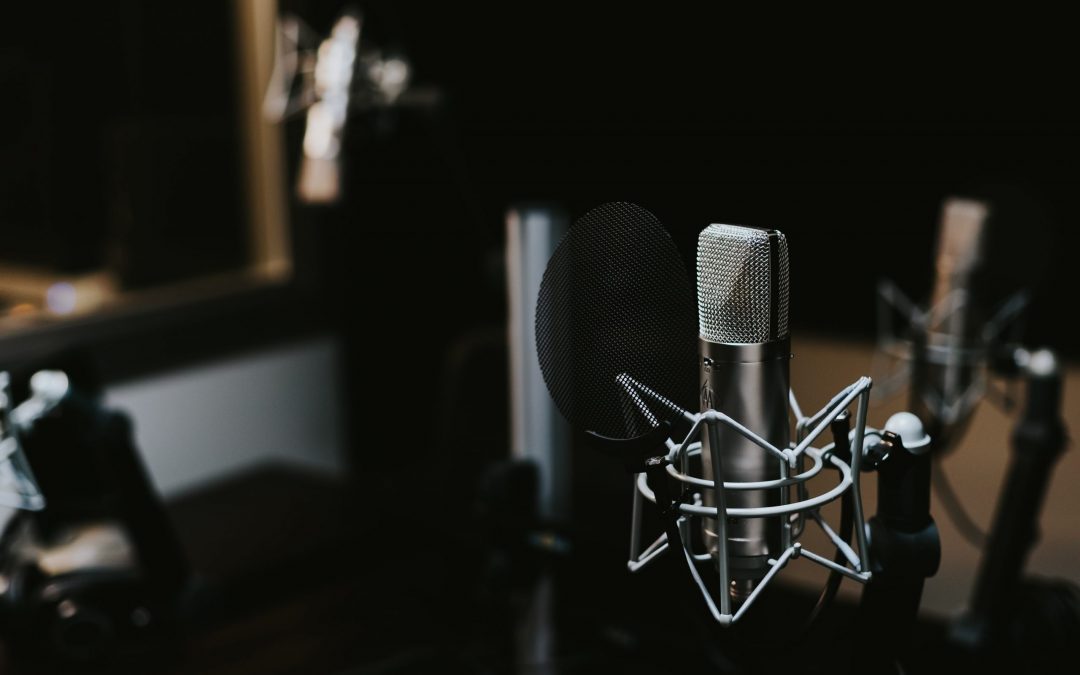The Connection Between Music, Lyrics, Copy and Language
There are many reasons why people choose singing as their primary career early on. Perhaps it’s simply a love of music, or a desire to perform, or maybe it’s simply a need to be heard. Perhaps it’s a combination of all three.
There is no more intimate connection in art than the human voice. It invites you to come closer, to listen in, to comprehend internally. It communicates not just information, but point of view. It lifts words off the page and infuses them with thoughts, feelings, history and content, both factual and emotional. It soothes, cajoles, confronts, invites, flirts, demands, bemoans and embraces. It does so with words, with breath, with pitch and with tone. There is no end to the palette the human voice possesses, or the picture that it’s able to paint.
There exists a unique relationship between music and lyrics; a companionship that needs to align in order for it all to make perfect musical sense. As a professional singer and lyricist, I have come to understand deeply that the lyric needs to marry the music. This can best be explained in the structure of a musical phrase. Is the phrase lyrical or legato, percussive or staccato? Where does the musical accent fall? How is it phrased? What is the music trying to say? All of these things determine not only where the lyric is placed, but also how the lyric should fit into the music. In other words, does the lyric “sing well”? The lyrics, like the music, should take the listener on a journey.
This is also true when reading an engaging piece of literature. Or when one is having a deep and meaningful conversation. Language tells a story. Words matter. They are the instrument of expression on a personal level. While it may be natural to some, many of us have to study how to create emotion through language- utilizing pitch, intensity, expression, etc.
On a personal level, as a singer and lyricist, I have found that many of these musical elements also apply to reading voiceover copy. In a popular musical form, there is typically a first verse, a second verse, a bridge and a final verse. As a lyricist, I generally see this as the following: The first verse establishes a point of view- or a set up. The second verse develops that idea. The bridge tends to comment on the verses, or perhaps expand the lyrical idea into a slightly different direction. The last verse finalizes the idea and puts a period on the end of the sentence. (This is also true in a classical art song format.)
In a voiceover script, a similar breakdown occurs. There is a set-up, a body and a conclusion (or a problem, some information about how to address the problem, and a solution to the problem). There is a rhythm to the content. This is no different than singing a masterfully written lyric. One must be connected to not only the words on the page, but also the emotional point of view attached to them. There are similar elements to music that exist when reading copy.
They are:
- Phrasing
- Rhythm
- Nuance
- Pitch
- Breath
- Emotional Point of View
Where does the breath belong in the phrase, and why? Is the rhythm of the read repetitive (in time) or conversational (rubato)? Which words get the accent? How does the line or phrase unfold? Where does it land? How do you read text without sounding like you’re just reading words off of a page? Sometimes it may feel challenging for a student to understand the similarities between voiceover copy and conversation. Mastering a voiceover read is fairly similar to singing a lyric without looking at. It needs to be internalized, personalized and felt. It is also very much about nuance. How is the meaning of the language through the voice expressed? What do you have to say and how do you want to say it? There is a technique to this state of ease, in voiceover work as well as in singing, but no one should ever hear you working!
Language is primarily about communication, whether spoken, sung, written or read. Because of a singer’s innate awareness of these qualities, we may often have a more “tuned in” understanding of the skill set needed to approach a successful voiceover read. It is not about the sound of the voice (“I’ve always heard I have a good voice for voiceovers!”), but rather, about the intention, meaning and understanding behind the sound. The comparisons between music and voiceover are varied and endless. Whether interpreting music or copy, it’s the voice that gives it meaning.
“The interpretation of music and lyrics is what drew me to working with my voice from a young age. For me, singing was like drawing breath- I could not conceive of living without it. A well-written lyric was my monologue. Music was my messenger. The same has become true in voiceovers. Every piece of copy tells a story.”

